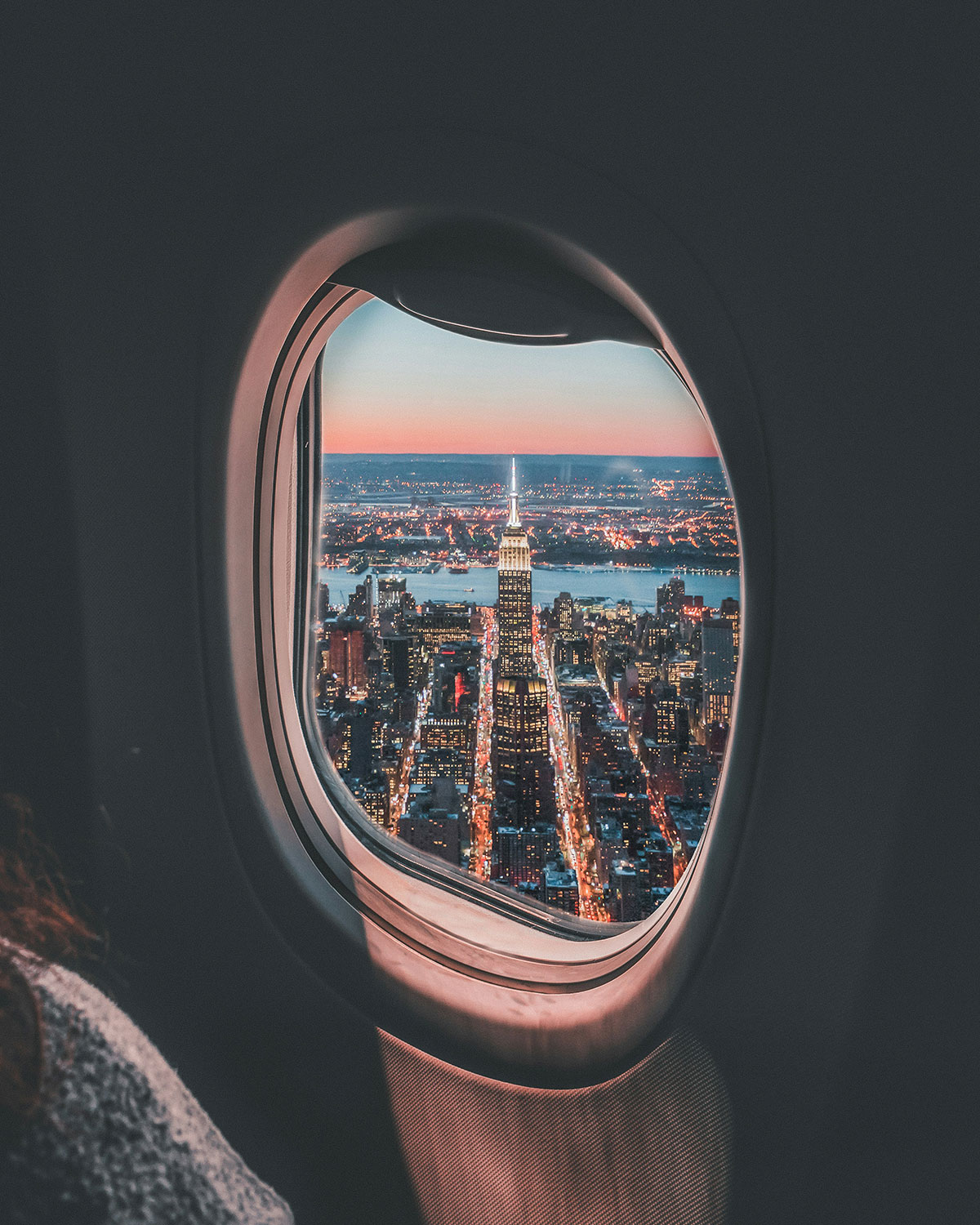“In 2024, the travel industry has been breaking boundaries”; this is the opening line of the 5th annual tourism report recently published by the Mastercard Economics Institute (MEI). The report covers the 12 months to March of the specified year, and is based on “analyzing aggregated & anonymized (…) transaction data” from its cards. In its introduction, the agency refers to some of the challenges facing the travel industry: fluctuating interest rates, “climate concerns“, or different levels of purchasing power. However, despite these problems, “the desire to travel remains strong”. If anything, the MEI notes that people are more strategically addressing the question of “how, when and where they travel”. But let’s look at some significant data to understand the state of tourism in the world.

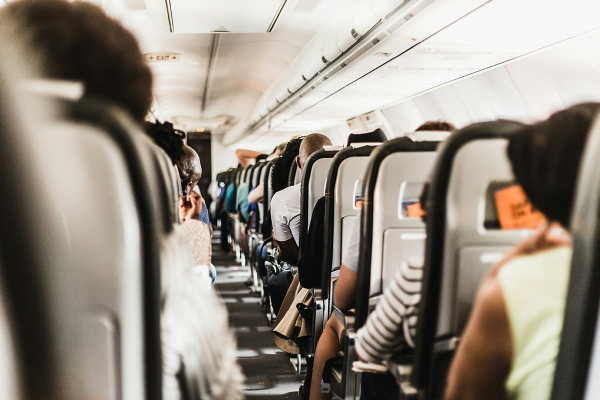
The Mastercard report provides a number of striking findings that help us get a sense of the health of the global travel industry up to March 2024:
- Beyond the record number of Americans travelling in the first quarter of the year (15.9 million tourists) and those visiting Japan (with 3 million arrivals), the report notes that “nine out of the last 10 record-setting spending days in the global cruise and airline industry” occurred in the first 3 months of the year alone.

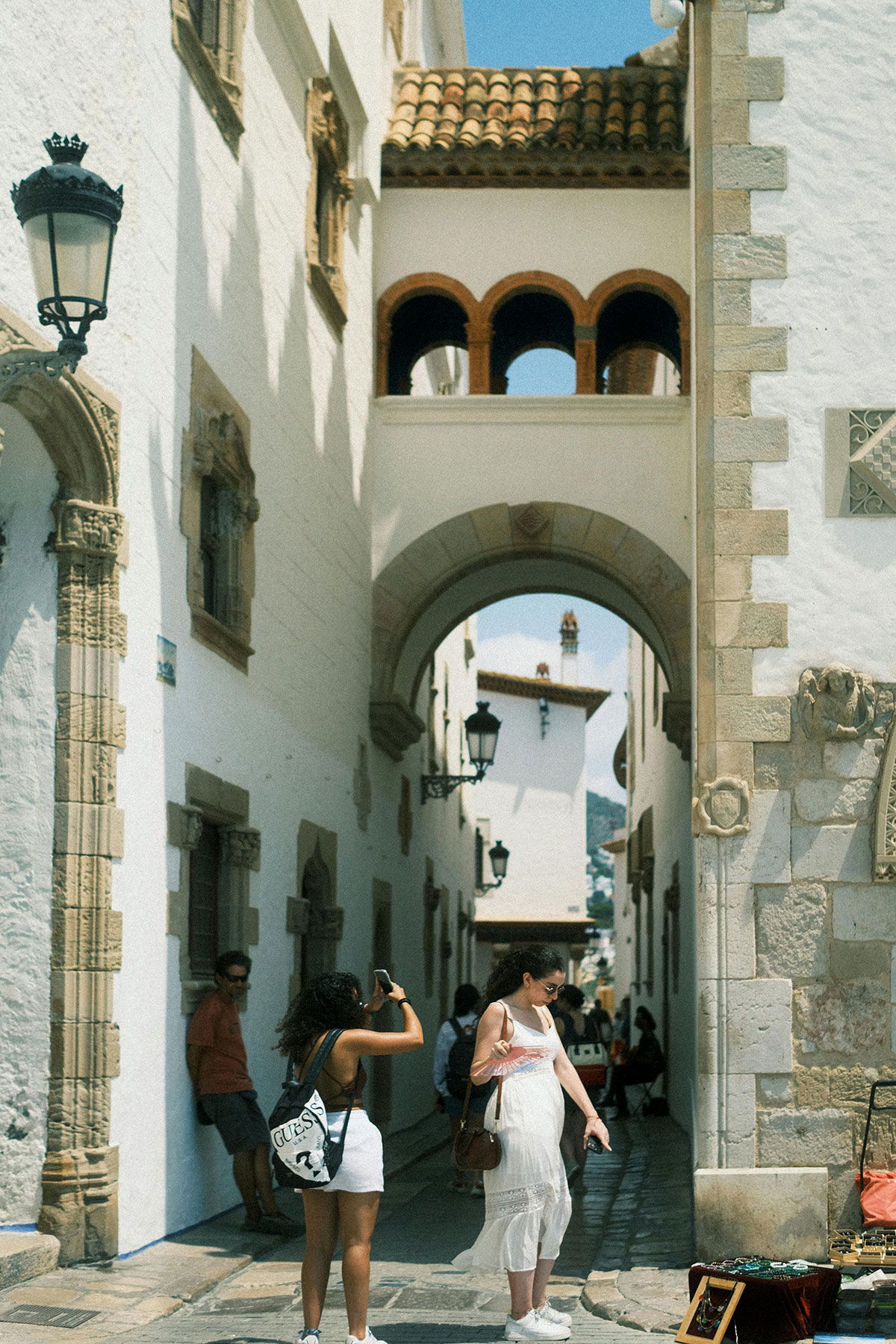
- The MEI adds that tourists are spending more time on holiday, “by about one extra day relative to pre-COVID trends, particularly for lower-cost destinations“. In this respect, the Middle East, Africa and Europe are the regions that have benefited the most, with approximately 2 days more time spent at destination. In contrast, the United States is the country in the world with the least length of stay, with an increase in travel time of only 0.2 days.
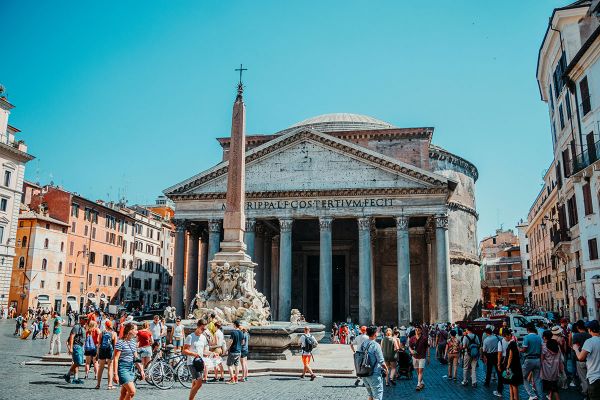

- The Mastercard report also highlights a clear upward trend in travel to “memorable events“, be they concerts or sporting events, solar eclipses, the Taylor Swift show, Brazil’s Carnival or the Cricket World Cup. During the first months of the year, for example, Munich in Germany was the most popular destination due to the European Football Championship. At the same time, during Carnival, spending in Rio de Janeiro’s restaurants, bars and grocery shops increased by 156% compared to spending on non-event days. During the US solar eclipse, hotel sales in the path of the totality phase, were 71% higher than normal activity. Finally, restaurants located up to 4km from Taylor Swift’s stage increased their sales by 68% over business as usual in 2023.


- Finally, Mastercard provides us with a curious fact, stating that the countries in the world that experienced the highest growth in tourist spending, compared to the previous year, were Japan, Ireland and Romania.
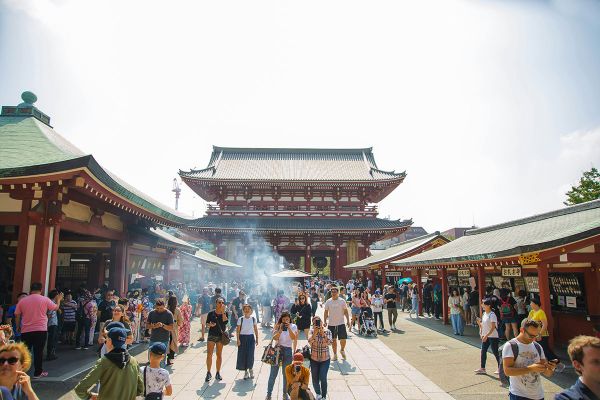
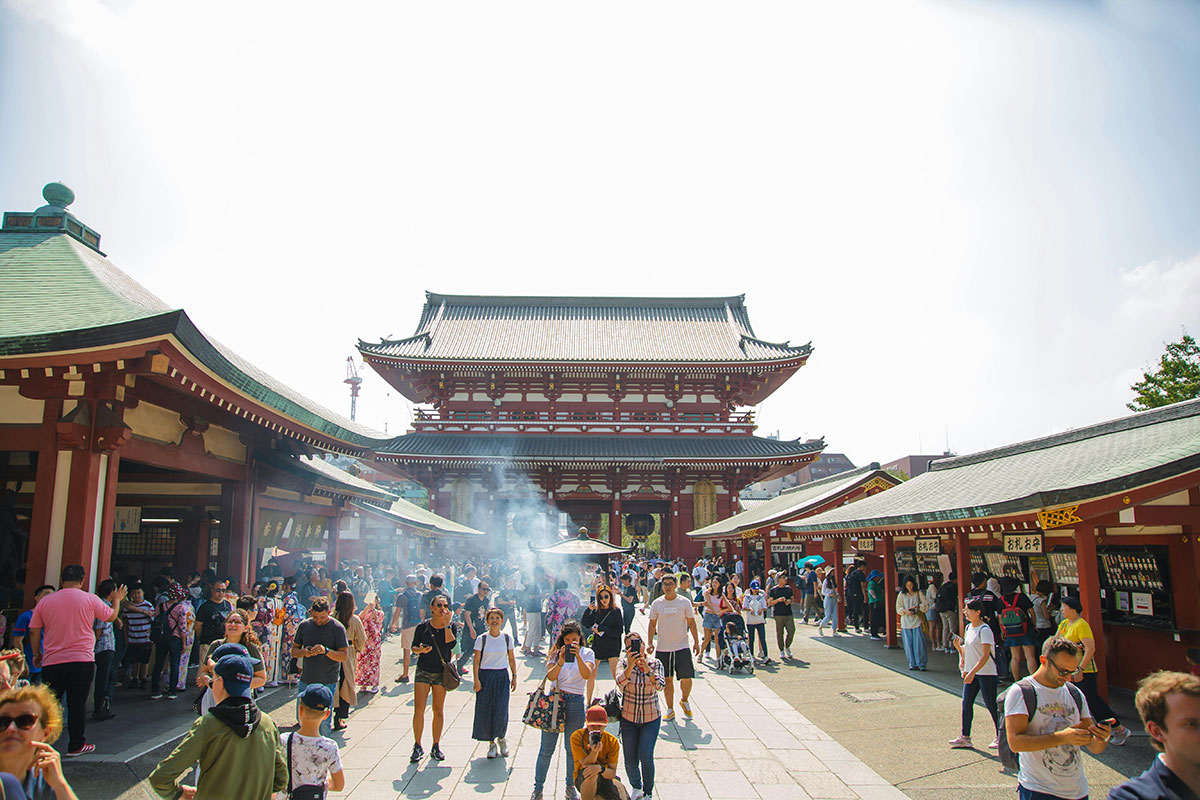
In its analysis of the global leisure and tourism sector, the MEI notes that “consumer prices —especially in the hotel industry— remain elevated relative to pre-pandemic levels”, which in turn drives travellers to seek affordable travel options. The institute argues that the combined action of high demand and rising costs (due to a shortage of aircraft and pilots and a general increase in real wages, among other factors), leads to these price increases. However, according to Mastercard, “the travel industry is well positioned with a resilient consumer“. Indeed, if the outlook and trends for the travel industry are so positive, it is thanks to “a healthy labour market” globally.


The MEI report goes on to analyse the destination of tourists’ travel spending. One of the first conclusions it reaches, after analysing its card transaction data, is that “travellers globally continue to prioritise experiences“; or, in other words, “tourists have spent more on nightlife and less on retail shopping“. In fact, spending on experiences and nightlife has increased to 12% of total tourism sales, “the highest point in at least 5 years”.
We encourage you to consult the link cited as a source to see the graphs and diagrams provided by the Mastercard Economics Institute and to learn more about their report.
Source: Mastercard Services.




